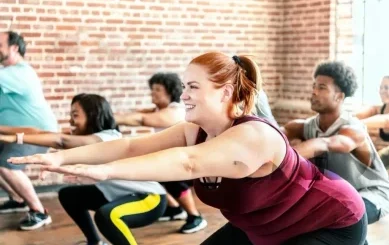How to Meditate: A Comprehensive Guide for Beginners and Beyond
Introduction to Meditation
- Brief overview of meditation and its significance.
- Mention that meditation is not about “emptying the mind” but about becoming more aware and present.
What is Meditation?
- Define meditation: a practice where an individual uses a technique, such as mindfulness, to train attention and awareness, and achieve a mentally clear and emotionally calm state.
- Address misconceptions about meditation (e.g., not necessarily sitting cross-legged).
Types of Meditation Techniques
- Mindfulness Meditation: Focus on present moment awareness and breath.
- Guided Meditation: Led by a guide or instructor to help visualize calming scenarios.
- Body Scan Meditation: Focusing attention progressively on each part of the body.
- Transcendental Meditation: Uses a mantra to focus and settle the mind.
- Loving-Kindness Meditation: Focus on developing compassion and kindness towards oneself and others.
- Zen Meditation (Zazen): Seated meditation that focuses on breathing and mind state.
How to Meditate: Step-by-Step Guide for Beginners
- Find a Quiet and Comfortable Place: Ensure the environment is calm, quiet, and distraction-free.
- Set a Timer: Start with 5 to 10 minutes and gradually increase.
- Focus on Your Breath: Inhale deeply, hold, and exhale slowly; focus on the sensation of breath.
- Notice When Your Mind Wanders: Gently bring your focus back to your breath without judgment.
- Repeat Daily: Consistency is key; meditate at the same time each day to form a habit.
Benefits of Meditation
- Reduces stress and anxiety by lowering cortisol levels.
- Improves concentration and cognitive function.
- Enhances emotional health and self-awareness.
- Helps in pain management by altering pain perception.
- Supports better sleep quality and boosts immunity.
- Encourages a mindful lifestyle that enhances overall well-being.
Common Challenges and How to Overcome Them
- Difficulty Sitting Still: Start with shorter sessions and increase gradually.
- Restlessness or Anxiety: Use guided meditations or body scan techniques to calm the mind.
- Mind Wandering: Remember that it’s normal; gently refocus without self-criticism.
Tips for Making Meditation a Habit
- Integrate meditation with daily routines (e.g., morning or before bed).
- Use apps like Headspace, Calm, or Insight Timer for guided meditations.
- Join a meditation group or class for community support.
Advanced Meditation Techniques
- Sage Patanjli was supreme master of Yoga,You can lear Oldest yoga book the Patanjli Yog Sutra.It is Heart of Yoga Script.
- Walking Meditation: Combining mindfulness with slow, deliberate walking.
- Mantra Meditation: Focusing on a repeated word or phrase to reach deeper states.
- Vipassana Meditation: Insight meditation focused on the deep interconnection between mind and body.
Conclusion
- Recap the importance of meditation for mental and physical health.
- Encourage readers to start with small steps and be consistent.
- योग पर संस्कृत श्लोक
- The Timeless Beauty of Sanskrit: History, Significance, and Influence
- How to Earn Money in 2024: Top Strategies and Tips
- How to Make Money A Comprehensive Guide





